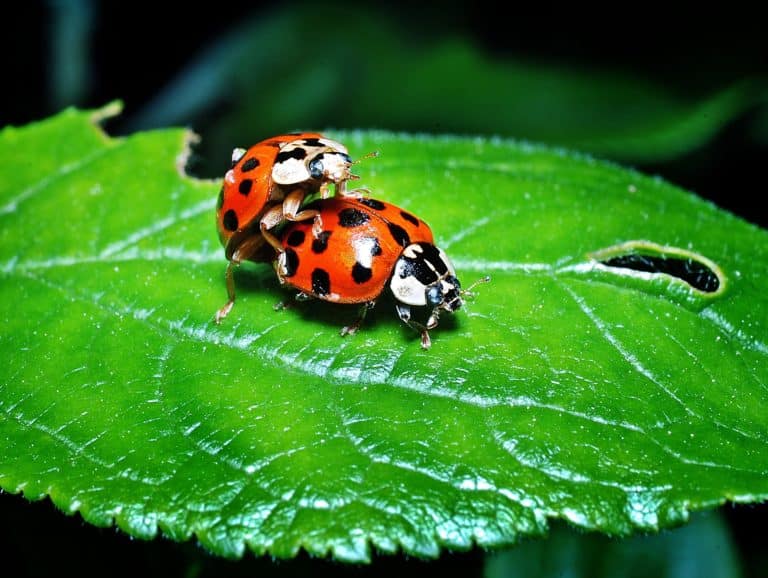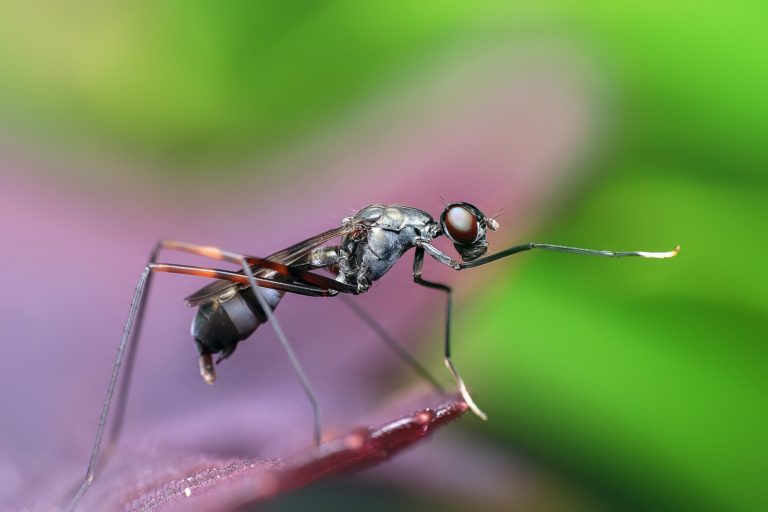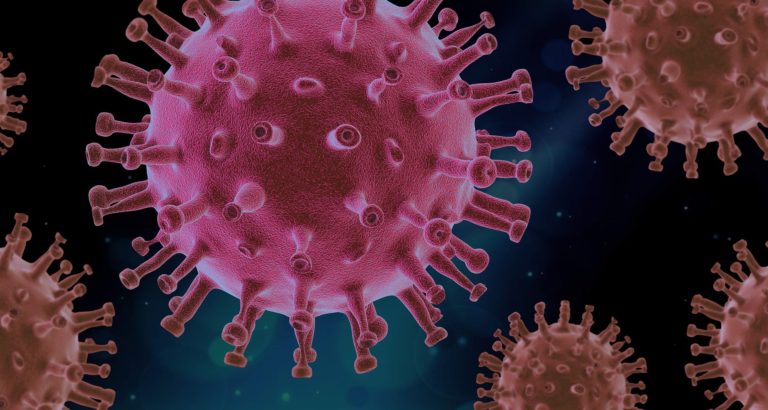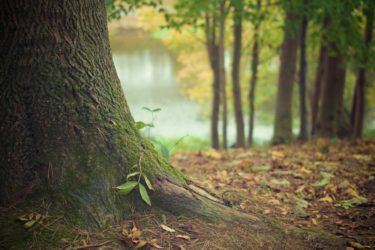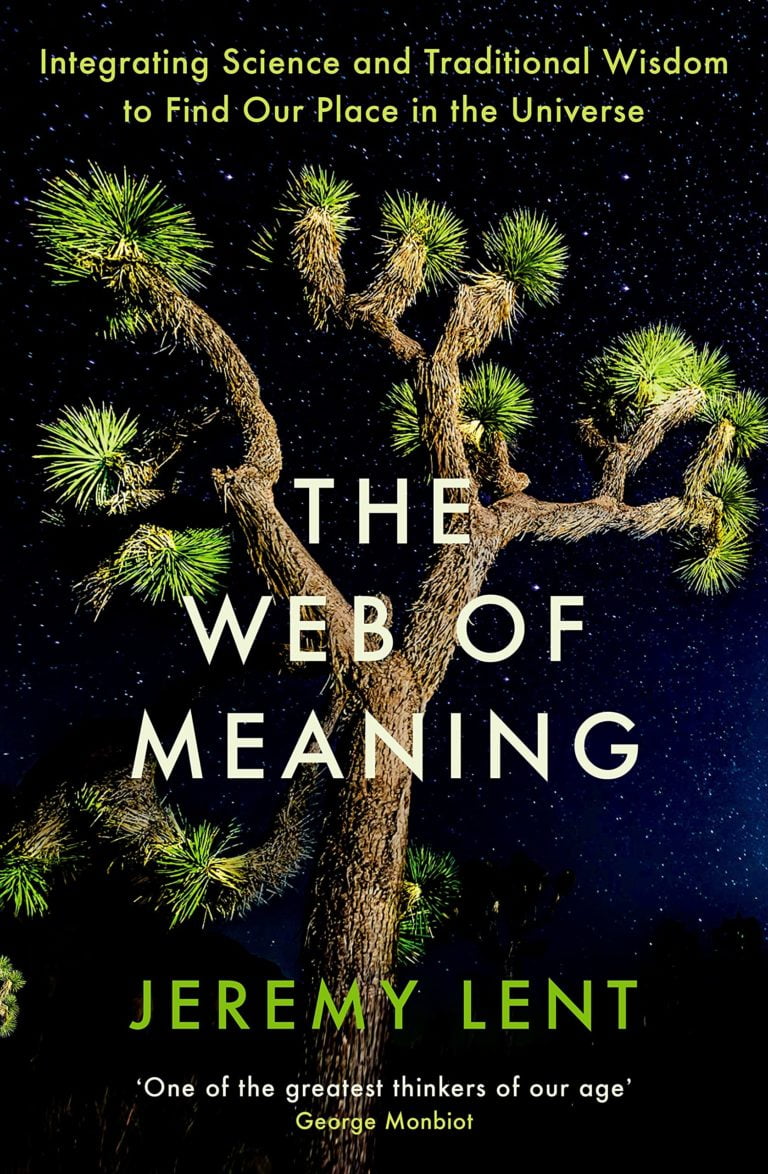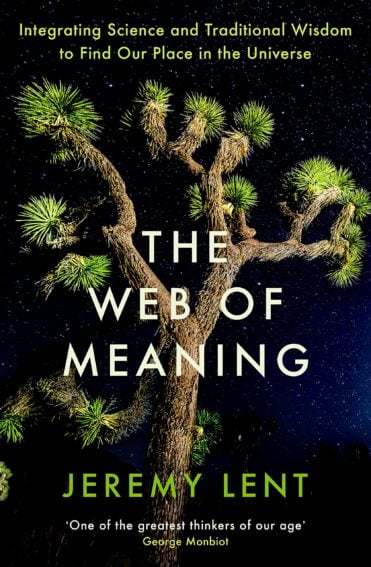It’s not easy not knowing much. The more aware of how much you don’t know the more difficult things become as well. This renders decision making difficult, especially when it comes to matters of health. Life can be scary, and there are many pitfalls out there to prevent you from clinging on to it.
I’m not a medical doctor, or any kind of doctor for that matter. I’m not an epidemiologist (and had to rely on spellcheck when typing the term), or a statistician. I do have a degree, but it’s in Engineering, which occasionally looks good on paper, but rarely provides me with ammunition when health interventions are to be considered.
To pile misery on the shortcomings above, there’s an endless barrage of conflicting information spraying in all our directions from a multitude of algorithm-driven sources, and of course from humans of varying levels of intelligence and expertise, and equally varying motives.
So, in the midst of all of this, how do you make a judgment call when something particularly shocking and emotive comes in your direction?
It’s generally a lower-risk bet to follow the crowd and trust the experts: If your toilet is blocked then 99.9% of plumbers will recommend you get the plunger out, and perhaps adjust the amount of fibre in your diet. You might however come across a maverick plumber who loudly proclaims that blocked toilets are due to government-sponsored monitoring devices and your first priority should be getting a faraday cage around your pipework (which he can provide for a very reasonable fee). He’s also got a YouTube video you should watch which explains that a small amount of effluent on your bathroom floor will help train your immune system in case you ever need to make a Shawshank Redemption style prison escape.
It’s not a slam-dunk though: Experts sometimes make mistakes, Governments sometimes lie, and conspiracies do happen. As such, there’s a balance to be found on when to take a look at claims that counter the mainstream narrative, and thankfully there are some common-sense steps to follow for those who are painfully aware of their lack of expertise.
Allow me to elaborate using a specific example: In what is becoming a depressingly common occurrence, I got into an argument online recently. In this case it was with someone who was trying to sell me a bogus cure for my wife’s cancer (more on that in a future article). Our back and forth took us, almost inevitably these days, towards the topic of Covid vaccinations. He said vaccination was a probable cause for my wife’s cancer, and went on to cite multiple sources of ‘evidence’ for the dangers of vaccination. The most striking of these was the allegedly sudden deaths of 32 Canadian Doctors since the rollout of the vaccination – as laid out in this article in the (somewhat frustratingly named) ‘Daily Sceptic’. The article is primarily there to give a platform to an alarming letter sent by Dr William Makis to the Canadian Medical Association demanding an investigation into those deaths, with the assertion that vaccines are somehow to blame.
So, with my lack of expertise hovering ominously above my head, a structured, common-sense approach is always merited. Here’s how I broke things down on this article – an approach which should serve you reasonably well in similar situations.
1: Evaluate the reliability of the source
The Daily Sceptic is a vehicle of Toby Young, a renowned fomenter of climate change denial who appears to be applying similar levels of rigour to the subject of our most recent global pandemic. Initially starting its life as the Lockdown Sceptics newsletter, it expanded to a full website, and has since come under criticism multiple times for inaccurate information about COVID-19, and the vaccination program. A notable example was their factually inaccurate attempt to blame a rise in teen deaths on the vaccine.
Of course, this doesn’t necessarily mean that the article is inherently untrue, but your skeptical senses should be tingling at least.
2: Check for other sources
At this point it is wise to see if there are other sources covering the same story. Sadly, this is often futile as many news sources use the same copy. If you get lucky though you might find a more detailed article which allows you to go deeper into the rabbit hole. Also, if you get a similar narrative on both sides of any political or ideological divide then it may point more towards an accurate piece of reporting, although it could just be consistently lazy journalism.
In the case of the 32 Doctors article there’s not much else out there, other than obscure sites parroting the same or similar claims. It certainly hasn’t been picked up by any more prominent news sources. Of course, conspiracy theorists would blame this on the ‘mainstream media’ being under the control of shadowy forces who are suppressing the ‘real news’. Those accusations viewed rationally should not hold water though, particularly if you consider some of the very prominent news sources who have been shown to spread Covid misinformation (examples from Fox News and GB News spring to mind).
The lack of traction for this story, even from outlets sympathetic to its narrative, should be seen as suspicious at least.
3: Look for ground zero
The 32 Doctors article is primarily based on the claims of (alive) Doctor William Makis, who currently seems to be splitting his spare time between conspiratorial vaccine misinformation and conspiratorial accusations against his former employer for what appears to be a form of constructive dismissal. He may well have an axe to grind with the ‘mainstream’ medical system, but he’s certainly not alone when it comes to blaming any tragic situation on vaccination – look no further the recent collapse of (American) Football player Damar Hamlin being trumpeted by predatory anti-vaxxers for evidence.
So, here we have some mixed signals: A (possibly former) medical professional is attempting to raise a red flag. In general you should take things seriously if someone with relevant expertise is voicing concerns, but there appear to be problematic aspects to his status as a health professional, and his claims are not gaining any traction with his peers. It’s also clear from looking at the article that Makis has been trawling through the social media posts of the deceased and their families to try and prop up his arguments. Some may consider this a valid form of investigative work, particularly if it blows the lid off some massive conspiracy, but it’s considerably more likely that he’s ghoulishly muck-raking to try and prop-up a flimsy argument. Considering the accusations in question are strikingly similar to standard anti-vaxxer rhetoric, your skeptical senses should be going into overdrive by now.
4: Examine motives
It’s quite common amongst the anti-vaxxer community to assign motives to individuals and organisations who are pro-vaccine. Usually the accusations are financial (‘Big pharma’), but occasionally this escalates to population control and eugenics. While it is appropriate to turn the tables when examining this article, it is important to remain objective when doing so.
Clearly the Daily Sceptic has a history of science denial, and Makis has an axe to grind with the medical establishment, but there’s no obvious indication of any direct financial incentives. It’s probably fair to assume ideological motives, but this alone is not grounds for dismissal, so further investigation is merited.
5: Evaluate claims individually
Breaking things down can make things a little more digestible, and help separate fact from fiction (or at least conjecture):
Do we have 32 dead doctors? Probably, yes. At least, there’s no specific reason to disbelieve this. A quick check on a few of the names certainly offers up obituaries, tributes etc.
Were they all vaccinated? Unknown, but likely. We don’t have access to health records of course, but it’s a reasonable assumption for health professionals to follow vaccination guidelines.
Have they all received booster shots? Unknown but likely. Further to the above, we can make a reasonable assumption that as health professionals they would have been on the appropriate schedule.
Were all these doctors ‘previously healthy’? Unknown, and almost certainly untrue. Some of the doctors in question tragically died from cancer, which makes a mockery of this claim. Makis does however make a subsequent claim that those doctors ‘developed sudden onset aggressive cancers’. There’s no possible way for him to know this, and it is speculation at best. In addition, it doesn’t take a medical doctor to know that many cancers that appear to be sudden and aggressive merely seem that way because of a late diagnosis. Either way, without direct access to medical records or close relationship with the deceased there’s almost no likelihood of this being accurate. Of course, no corroborating evidence is provided.
Were all the doctors young? Well, that depends very much on your definition of young. Five of them were 60 or over, half of them were 50 or over, the average age was at least 48 (precise age was not given for some, so this is based on lower estimate). As a man who’s on the cusp of turning 50, I’d be heartened to hear my age bracket being described as ‘young’, but realistically it seems like Makis is stretching credulity here once again.
So, with a mix of truths, half-truths, speculation, and downright inaccuracy, the next logical step is to look at the bigger picture.
6: Contextualise the claims
The central premise of the article is that so many deaths in such a short period of time points towards a single unifying cause. Taking a step back and looking at some relevant numbers helps put a more realistic perspective on the claims though:
The article fails to mention the total number of doctors in Canada. According to the Canadian Institute for Health Information there were 93,998 physicians in 2021. If you compare this to the mortality rates by age group data from Statistics Canada then you would expect a death toll amongst the physician population to be significantly higher than 32.
If we were to draw the same type of knee-jerk conclusions as Makis, then we would be proudly proclaiming that the Covid vaccination appears to give you some kind of death-cheating super powers (this is over and above the actual Covid death-cheating powers that we already know you get from it of course). More realistically though, what this almost certainly shows us is that the 32 doctor deaths that Makis has harvested from the internet is an incomplete data set. Chances are that way more than 32 doctors died during that time period. Because, people die. It’s one of the only things we can be certain of.
Another gaping hole in the narrative is that, if we were as ghoulish as Makis, we could quite easily dig out a barrage of Canadian doctor deaths from before the rollout of the Covid vaccine. Advanced search capabilities in Google make such things easy. Without a doubt we could find similar causes of death at similar ages in years gone by. There’s no attempt made to even figure out if the 32 deaths mentioned in the article are in any way anomalous compared to previous (pre-pandemic) years. Chances are they are not.
7: Check for consistency
As covered above, we already know we have an incomplete dataset at the larger scale, but even the information we are provided is somewhat lacking. We have doctors with an age variation of over four decades, differences in gender, ethnicity, underlying health conditions, levels of fitness, diet, and so on. There’s no information about which vaccinations they received and when, and what boosters, so we can probably assume a significant amount of variation there. We don’t even have cause of death for all 32 of the doctors. Nine of them simply have “died unexpectedly” – which leaves a lot of options (let your imagination run wild).
It seems like the only things that these 32 unfortunate souls have in common is that they were doctors, and they’ve sadly passed away. To try and draw some kind of link to a single unifying cause of these tragic deaths just doesn’t seem in any way likely.
8: Look for questionable assertions
Aside from the direct thrust of what you’re analysing, you should look out for leading language, editorialising, and statements made as if they are already agreed facts when that is not the case. The article and letter contained in it have multiple examples of this, including: “the circumstances of the deaths are indeed consistent with vaccine injury”, “CMA has aggressively and unethically promoted the use of experimental COVID‐19 vaccines”, “illegal and unscientific COVID‐19 vaccine mandates”, “doctors who died suddenly and unexpectedly”, and “defective pharmaceutical products”.
The language in Makis’ letter is particularly inflammatory, which should be cause for concern. The writer for the Daily Sceptic frames the letter in a slightly more nuanced manner, which comes across as the ‘just asking questions’ approach. Neither of these approaches should fill you with confidence with regards to the accuracy of the article as a whole.
9: Do the plausibility ‘smell test’
Ok, so I deliberated over whether or not to put this further up in my list. If you’re short on time then this can be a useful time saver, but it could also lead you to wrongly dismissing something without appropriate investigation, or even cause you to be biased in your approach to the investigation.
Applied to this article though, the smell test does not produce a pleasant aroma. Of course, it’s plausible that any medical intervention could have adverse effects, but for a health intervention which has now been administered billions of times we would expect to have robust and consistent data. A tiny sample of health professionals from a specific country with varying ages, health conditions, and causes of death simply doesn’t point towards a potential problem with the health intervention in question.
10: Ask an expert (if you can)
Self-awareness is important. Having a reasonable idea of your intellectual limitations might prevent you from misinterpreting data, or from failing to consider additional factors which may not be immediately obvious. If you don’t know anyone personally then why not reach out to your friendly neighbourhood Skeptic. Even if we can’t comment on something personally, we’ve got good contacts who can.
To conclude, this article is unlikely to sway anyone who hasn’t already fallen into the web of anti-vaxxer beliefs and conspiracy theories, but it’s an excellent little training ground to help you hone your skeptical skills when something a little more refined and nuanced comes in your direction – which it inevitably will.

